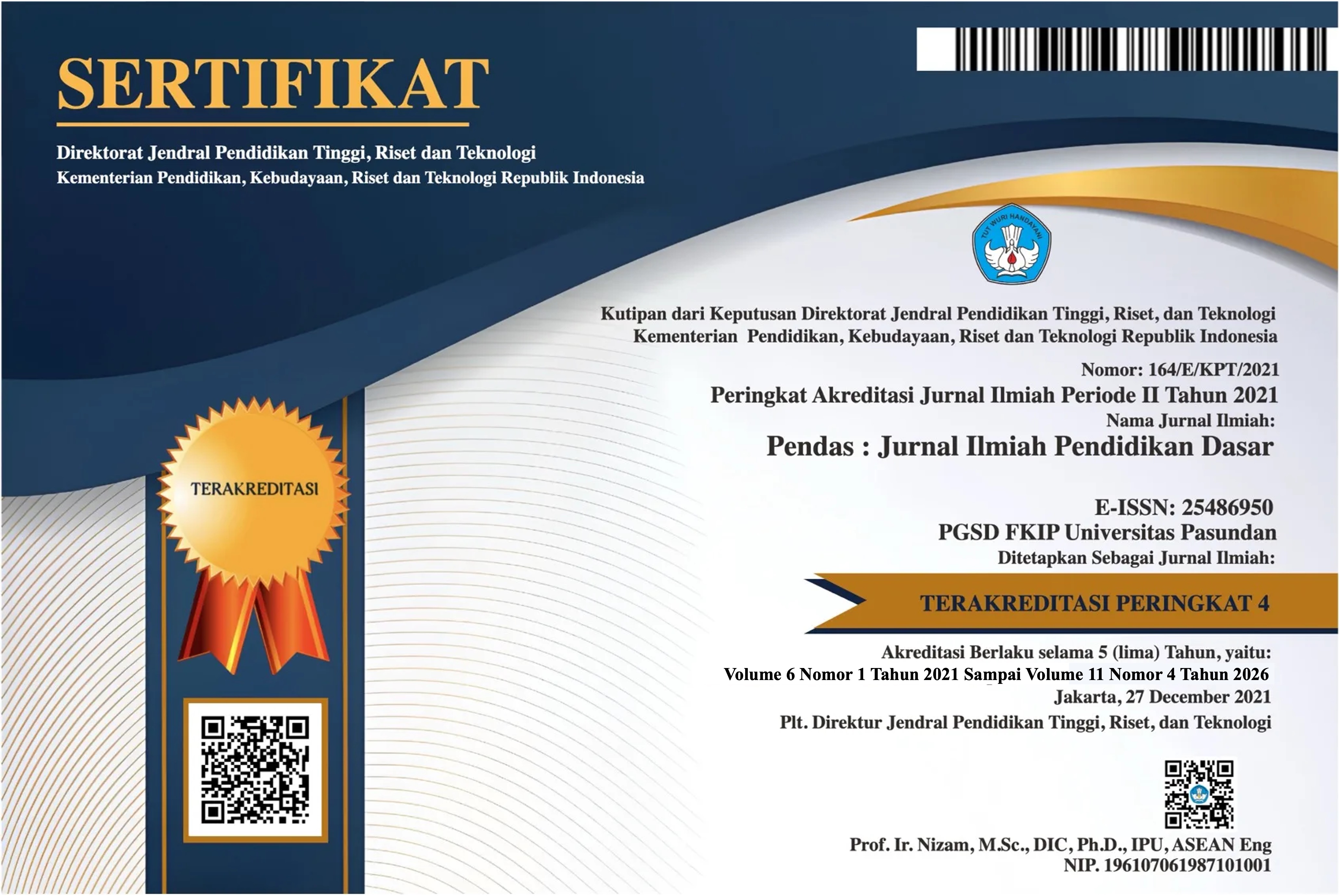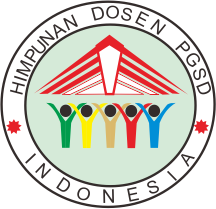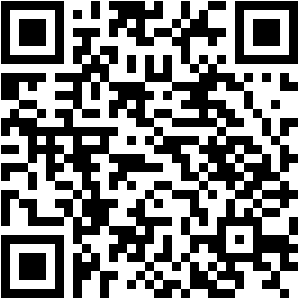Special Effect Make Up melalui Pendekatan Art Based Learning menggunakan Model Project Based Learning
DOI:
https://doi.org/10.23969/jp.v10i04.35427Keywords:
Special Effect Make Up, Art-Based Learning, Artistic Learning, Learning Technology, Performance AestheticsAbstract
Special Effect Make Up (SFX Makeup) learning is one of the fields within artistic makeup studies that possesses a multidimensional character. The learning process is not only oriented toward mastering technical skills but also involves artistic exploration, the use of technology, and the understanding of aesthetic meanings within cultural and performance contexts. This study aims to identify and synthesize various scholarly perspectives related to SFX Makeup learning strategies through the Art-Based Learning approach using the Project-Based Learning model, in order to formulate a more comprehensive conceptual learning framework. The method employed is qualitative descriptive and literature review, involving five relevant scientific articles discussing topics such as artistic makeup design adaptation, the effectiveness of video tutorial media, innovations in web-based learning media, and the aesthetic exploration of makeup in performance art. The synthesis results indicate that SFX Makeup learning is effective when it integrates four main aspects: (1) artistic and symbolic exploration, (2) pedagogical innovation through interactive learning media, (3) utilization of digital technology for independent learning, and (4) understanding of aesthetics and representational functions within performance contexts. The study concludes that the Art-Based Learning approach is highly relevant to SFX Makeup education as it emphasizes processes of creation, exploration, reflection, and appreciation of artistic works. This approach is expected to cultivate learners who are creative, adaptive, aesthetic, and professionally competent in the field of artistic makeup
Downloads
References
Amabile, T. M. (2020). Creativity in Context: Update to the Social Psychology of Creativity. New York: Routledge.
Anderson, T., & Elloumi, F. (2021). Theory and Practice of Online Learning. Edmonton: Athabasca University Press.
Ayuningtyas, R. (2023). “Integrasi Media Digital dalam Pembelajaran Seni Rupa di Era Industri 4.0.” Jurnal Pendidikan Seni dan Desain, 7(2), 55–68.
Barab, S., & Squire, K. (2020). “Design-Based Research: Putting a Stake in the Ground.” Journal of the Learning Sciences, 29(4), 1–25.
Bell, S. (2021). “Project-Based Learning for the 21st Century: Skills for the Future.” The Clearing House, 84(2), 39–43.
Cahyani, D., & Priyono, S. (2022). “Pembelajaran Berbasis Proyek untuk Meningkatkan Kreativitas Mahasiswa Tata Rias.” Jurnal Vokasional Seni dan Desain, 8(1), 45–56.
Colman, A. (2021). A Dictionary of Psychology (4th ed.). Oxford University Press.
Dewey, J. (2020). Art as Experience. New York: Perigee Books.
Donna, Y. F. S., et al. (2024). “Pengembangan Media Video Tutorial pada Mata Kuliah Rias Fantasi Bertema Horor.” Jurnal Pendidikan Seni dan Rias, 6(1), 23–37.
Eisner, E. W. (2021). The Arts and the Creation of Mind. Yale University Press.
Elliot, J. (2023). “Pedagogi Kreatif dalam Pendidikan Seni: Kajian Konseptual Art-Based Learning.” Journal of Creative Pedagogy, 5(2), 101–115.
Fathurrahman, A. (2022). “Penggunaan Media Digital dalam Pembelajaran SFX Makeup di Perguruan Tinggi Seni.” Jurnal Tata Rias Artistik Indonesia, 3(2), 67–79.
Gauntlett, D. (2020). Making is Connecting: The Social Meaning of Creativity. Polity Press.
Green, L., & Bonner, F. (2022). “Learning Through Art Practice: Integrating Theory and Creation.” International Journal of Art Education, 11(3), 145–160.
Iut, N., et al. (2023). “Eksplorasi Estetika Rias Karakter dalam Dunia Pertunjukan.” Jurnal Pendidikan Seni Pertunjukan, 4(1), 88–102.
Lauss, K. (2024). “Art Integration and Emotional Learning in the Classroom.” European Journal of Arts Education, 14(2), 211–225.
Maghfiroh, A., et al. (2023). “Pengembangan Media Pembelajaran Berbasis Google Sites dalam Mata Kuliah Tata Rias.” Jurnal Teknologi Pendidikan Kreatif, 5(3), 56–70.
McNiff, S. (2020). Art-Based Research. London: Jessica Kingsley Publishers.
Miles, M. B., & Huberman, A. M. (2021). Qualitative Data Analysis: An Expanded Sourcebook. Sage Publications.
Nuraini, I., et al. (2023). “Makna Estetika dalam Rias Karakter: Studi Kasus Pertunjukan Teater Tradisional.” Jurnal Seni dan Budaya Nusantara, 5(1), 33–48.
Pink, S. (2020). Doing Visual Ethnography. Sage Publications.
Putri, S., & Prihatin, P. T. (2024). “Adaptasi Karakter Medusa sebagai Inspirasi Makeup Fantasi Berbasis Mixed Media.” Jurnal Desain dan Tata Rias Artistik, 6(2), 50–65.
Rahmawati, D., & Fajrina, S. (2024). “Art-Based Learning sebagai Strategi Pembelajaran Estetis di Perguruan Tinggi Seni.” Jurnal Inovasi Pendidikan Seni, 7(1), 12–26.
Robson, C. (2022). Real World Research: A Resource for Social Scientists and Practitioner-Researchers. Wiley-Blackwell.
Sani, R. A. (2021). Strategi Pembelajaran Inovatif di Abad 21. Jakarta: Bumi Aksara.
Santrock, J. W. (2020). Educational Psychology (7th ed.). McGraw-Hill Education.
Smith, P., & Dodds, S. (2023). “Digital Creativity in Makeup Design: Integrating Technology into Artistic Practice.” Journal of Visual Arts and Technology, 8(4), 203–220.
Sriwahyuni, P., & Prihatin, P. T. (2024). “Eksperimen Desain Makeup Fantasi Melalui Pendekatan ABL.” Jurnal Seni dan Pendidikan Kreatif, 5(1), 71–84.
Susanto, M. (2022). Estetika: Sebuah Pengantar Filsafat Seni. Yogyakarta: Dwi Quantum.
Widiastuti, L. (2023). “Model Pembelajaran Berbasis Proyek dalam Pengembangan Kompetensi Mahasiswa Tata Rias.” Jurnal Pendidikan dan Vokasi Seni, 9(2), 44–59
Downloads
Published
Issue
Section
License
Copyright (c) 2025 Pendas : Jurnal Ilmiah Pendidikan Dasar

This work is licensed under a Creative Commons Attribution 4.0 International License.


















